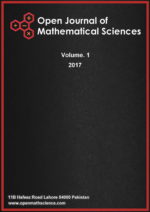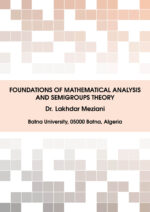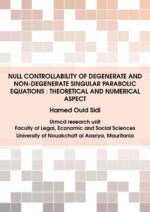Ptolemy Scientific Research Press (PSR Press)is a highly regarded publisher of scientific literature dedicated to bringing the latest research and findings to a broader audience. With a focus on cutting-edge research and technology, Ptolemy Scientific Research Press offers a range of publications catering to professionals, researchers, and student’s needs. Whether looking for information on the latest breakthroughs in physics, biology, engineering, or computer science, you can trust Ptolemy Scientific Research Press to deliver insightful, accurate, and engaging content. With its commitment to quality, accessibility, and innovation, Ptolemy Scientific Research Press is an essential resource for anyone interested in science and technology.
Latest Published Articles









